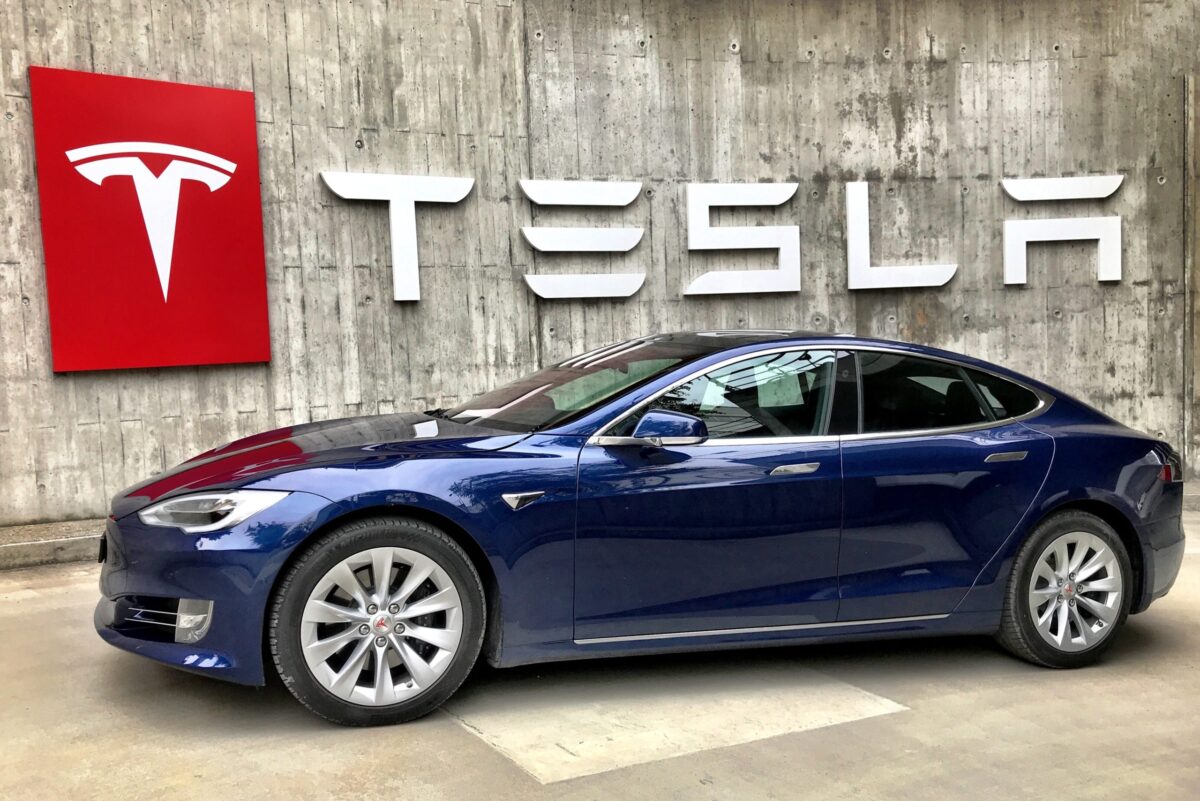
Whenever a new game-changing technology is introduced, our instinct is to assume that the current technology we are using will quickly become obsolete and will vanish from our use.
History has shown that the hottest new breakthrough technologies do not necessarily replace older ones. Instead, they often coexist side by side because the old technology has its own unique profile of functional strengths that the new technology never fully replaces.
How many times have you greeted a new innovation with an either/or assumption? Either you use the old or the new. But this is not an either/or world we live in; it’s a both/and world. It’s a world that is both paper and paperless, online and in-person, old media and new media.
Yes, No or Some of Both
In my latest book, The Anticipatory Organization: Turn Disruption and Change into Opportunity and Advantage, I teach readers how to gain a major competitive edge by learning to accurately anticipate the future. This is a skill that can be learned, and in this blog I’ll share one of the principles I have used for decades to accurately predict the future of technological change, one that you will be able to apply in countless ways: the Both/And Principle.
First, a bit of history. In the early 1980s, I developed the Both/And Principle and started applying it with great success. Here are some examples that will help you to see how to use it yourself.
Either/Or Assumption #1:
The introduction of digital documents meant that we would all be 100% paperless in a few years.
For example, in the late 1980s, when CD-ROMs were introduced, industry experts, the press and futurists predicted that by the mid-1990s, offices would be completely paperless. At the time I applied the Both/And Principle and predicted that we would have increasing amounts of both digital documents as well as paper documents in the future. It’s now 2018 and we are still managing both paper and digital documents.
Why is paper still around? Paper is inexpensive, portable and can be folded and tucked in a pocket or purse. It is an inexpensive display medium that does not need power. In addition, a handwritten paper note of gratitude to an employee is far better than sending a text or an email. So instead of asking “How can I eliminate all paper?” a better question I had my clients ask was, “What is the best use for paper and the best use for digital?”
Either/Or Assumption #2:
E-commerce will render brick-and-mortar retail stores completely obsolete.
In the mid-1990s, around the time that Netscape, Yahoo!, eBay and many other Web-based businesses started rapidly growing, many futurists and the media predicted that bookstores, auto dealerships, shopping malls and retail stores in general would soon be obsolete.
The logic was that a physical store can only hold a few hundred or several thousand items while a virtual store gives you access to millions of items or titles 24/7.
So why do retail stores continue to survive and why are many even thriving? The answer is that physical shopping is experiential, not just transactional. Brick-and-mortar stores and malls that have continued to elevate the customer experience are social gathering places that create a sense of community, which technology can’t fully replace. In addition, many products are difficult to buy without physically seeing them and trying them out. Others require a knowledgeable person to help you make a decision. Why did Apple open an Apple Store? If you have been there, you know why. Why is Amazon opening brick-and-mortar bookstores? Now you know why.
Either/Or Assumption #3:
Smartphones will replace laptops.
Not that long ago, business publications were having a debate about the future of computing. They asked the question, “With our smartphones and tablets becoming our main personal computers, won’t this make laptops obsolete?” The answer is still “no.”
The reality is, we still have the equivalent of mainframe computers, we just use them differently than 20 – or even five – years ago. If they have a smartphone and/or tablet, the majority of business users are already using their laptop differently, and perhaps much less, but they are still using both.
Introducing Both/And Thinking
While others were predicting the end of laptop computers, printed paper and retail stores, I did not fall into the trap of those bad predictions because I had developed a series of research-based guiding principles that would help avoid such mistakes, and the Both/And Principle is a major one.
The premise is simple: Your technology works well for you, but you discover a new app, gadget or process that could significantly transform your business. You don’t want to part with what’s been working for you, but you also don’t want to be left behind.
The Both/And Principle allows you to keep bridging your legacy systems with the new technology or processes. Integrating them in a way that will create higher value than either has by itself provides a pathway forward.
It is a powerful corrective measure to either/or thinking, meaning that the future will only be either one way or the other. The Both/And Principle recognizes the folly of assuming that the “new” will totally supplant the old, and it recognizes that they can be integrated. Once you try it, you will see the Both/And Principle can accelerate your team’s performance because you haven’t settled for one or the other.
Powerful Both/And Duos
Digital documents have powerful strengths; they are here to stay, but so is paper. Here is a short list of Both/And Principle examples:
- Brick-and-mortar retailers and Internet retailers
- Digital and analog
- Paper mail and email
- Nautical charts and GPS
- Full service and self service
- Wiring such as copper and fiber-optics and wireless
- Traditional media and digital media
- Gasoline engines and electric motors
- Digital music playlists and live concerts
- Video conferencing and face-to-face meetings
A key success strategy is to integrate the old and the new based on the strengths of each. In fact, the hottest breakthrough technologies tend to coexist and integrate to create new value with their predecessors rather than completely co-opting them. Why? The old technology has its own unique profile of functional strengths.
Case Study: Amazon.com and Kohl’s
In August 2017, Kohl’s announced it would sell Amazon products in its retail stores. But that was just the beginning of this Both/And Principle business maneuver. Kohl’s department stores and Amazon.com have been piloting a retail model that even more perfectly demonstrates an integration of the old and new.
Since September 2017, the two have been running a pilot program in which Amazon.com purchasers who want to return an item can return it to a Kohl’s customer service desk. Customers who bought a product online can now skip the post office and instead return it to an ever-increasing number of Kohl’s stores.
Consumers enjoy the convenience, and according to a number of recent studies, total visits to Kohl’s stores with Amazon’s return program have outperformed other stores in sales by about 8.5%. In other words, customers returning items end up finding more to buy at Kohl’s. Kohl’s also reported an increase in new customers.
Both/And Thinking and You
What are some examples of Both/And thinking that could benefit you? Are there any new technologies that would give you amazing new capabilities that could become something you feel your business could not live without? What are some of the newest technologies that you believe will disrupt and transform your business? What would happen if you combined the old and the new in a way that creates higher value than either has on its own?
If you would like to learn more anticipatory skills so that you can turn disruptive change into your biggest advantage, read my latest book, The Anticipatory Organization: Turn Disruption and Change into Opportunity and Advantage

Click here for a special offer from Daniel Burrus












